
A new mountain biking trend is sweeping the planet and may even be changing the sport as we know it: the privately-owned, shuttle-served bike park.
These bike parks all share a few key similarities: they are operated on privately-owned land, and to keep infrastructure costs to a minimum, vehicles are used to transport riders up the mountain instead of chairlifts. These parks are generally also open to riders who want to pedal to the top, whether under their own power or through the assistance of an e-bike motor.
This concept isn’t new. Shuttle-served bike parks like the Coast Gravity Park in British Columbia and Windrock Bike Park in Tennessee have been shuttling mountain bikers to the tops of beautiful jump lines and gnarly tech trails for years. However, what was once a niche offering has since been replicated on small plots of private land across North America and around the world. We’ve seen bike parks pop up recently all across the Southeastern USA, in Texas, and in Oregon, to name just a few locations.
Shuttle-served bike parks are primarily being built in areas that don’t have existing chairlift infrastructure and/or have minimal funds for investing in expensive infrastructure. Personally, the only shuttle-served bike parks I’ve ridden are the Cotopaxi Bike Park in Ecuador and the Besakih Bike Park in Bali, Indonesia. Both Ecuador and Bali are home to at least one other shuttle-served park, and I’ve heard rumors of similar parks in Costa Rica and other small countries.
“I foresee it happening across the whole country, and obviously, I know about a few more that are going to open in the next year or two years,” said Sean Leader, founder of Windrock Bike Park and Southern Gravity in an episode of the Singletracks Podcast. “I can say that […] I have something like 10 trucks and trailers on order for different parks.”
So why exactly is this trend gaining momentum? There are at least eight key factors fueling this trend.

1. Mountain bikers love jumps.
The first reason why shuttle-served bike parks are taking off comes down to one very simple explanation: mountain bikers love jumps. People have probably been hitting jumps since the machine known as the bicycle was invented. We know for a fact that BMX riders were sending drops and hitting jumps for many years prior to mountain bikes, and when the bigger-wheeled off-road machines came around? Yeah, let’s take it off some jumps.
The impetus for the construction of many illicit trails all around the globe is often rooted in the desire for sick jumps. Even on legal trails, illegal jumps have a tendency to “appear out of nowhere,” as riders find ways to send their bikes soaring into the air.
Unfortunately, the reality is that it’s often difficult to get permission to build jumps on public land — and even if you do, they’re often quite constrained in size and scope.
Red Hawk Ridge Bike Park in Talent, Oregon, had its beginnings as a private jump line, with massive hits stretching as long as 60 feet. Even if your local land manager authorizes a flow trail with tabletop jumps to be built in your local trail system, they sure as shit won’t sign off on a massive 60-foot gap.
So, plenty of riders are buying land and taking matters into their own hands.

2. Building on private land eliminates trail development red tape.
Building trails on private land eliminates vast amounts of red tape for trail development. While circumventing red tape allows for jumps — and plenty of them — to be built, the benefits run much deeper. Oftentimes, circumventing regulatory processes is the only way to make a bike park a reality.
“The good news about private land is that things can happen really fast. The bad news is that it costs a lot of money,” said Rhett Jones, founder of Station Bike Park, in an episode of the Singletracks Podcast. On public land, it can take years — sometimes decades — to get a project off the ground, if it ever happens at all.
Granted, depending on the region, permits are sometimes required to run a business on a parcel of private land, but acquiring a permit to operate on private land is dramatically easier than receiving approval to build a park of a similar scale on public land.
It’s worth noting here that a prospective bike park owner doesn’t necessarily need to raise funds to purchase the parcel of land themselves. Instead, we’ve seen parks around the world lease the land that they operate on. Station Bike Park in Texas leases its land from a ranch that was previously used for hunting. Cotopaxi Bike Park in Ecuador is built on a working pine plantation. In fact, the timber company views Cotopaxi Bike Park as a positive PR campaign to allow locals to see how ethical tree harvesting works and how that’s different from the illegal deforestation that plagues the country’s rainforests.

3. Private land circumvents anti e-bike laws.
Another type of red tape plagues riders in the USA: many trails on public lands still ban e-bikes, although that’s slowly changing in some areas. In places where e-bikes are banned from the best trails, private bike parks provide places for riders to legally ride their e-bikes.
Many shuttle-served bike parks offer a climbing trail to the top, which can be used by either standard mountain bikes or electric bikes. Often, the fee to access the park is much cheaper if you’re not paying to use the shuttle. Instead, e-bike riders use their motor as the shuttle, hence the inspiration for the name of Pivot’s popular e-bike.
Dr. David LaMond, co-founder of Ride Kanuga bike park in North Carolina, views e-bike access as a “differentiator.” E-bikes are illegal on all of the best trails — DuPont State Forest and Pisgah National Forest — near Kanuga. “E-bikes are permitted here,” said LaMond. “The climb is doable, acoustic or e-bike. It’s 500 feet, and it’s pretty mellow.”

4. Many areas don’t have public land available for trail development.
In many areas, even if the red tape isn’t an issue, there simply isn’t any public land available for trail development. This was the case for Station Bike Park in Texas. In fact, many of the largest trail systems in Texas are built on private ranch land and are open to the public via recreation easements.
We’re observing several different methods for addressing the lack of private land. In some places, private donors — like the Waltons — address this problem by purchasing parcels and then turning them over to the local city or land management agency. More commonly, land conservancy groups raise funds to purchase private land and then manage it for conservation and recreation.
Both of these methods generally involve turning the land back over to public ownership, which re-introduces red tape to the trail development process. If individuals or investors instead choose to purchase land and then use and manage it as they see fit, it turns out to be the ultimate power move.
For example, Windrock Bike Park in Tennessee is located on a 73,000-acre property that is “the largest privately owned riding area in the country.” Despite being served by shuttles and not a chairlift, Windrock has become renowned as one of the best bike parks in the USA, with 2,400 feet of vert and covering about 1,100 acres. Downhill champion Aaron Gwin purchased the park in 2023 and has worked to expand the operations dramatically.

5. Existing lift infrastructure is geographically limited.
Historically, chairlift infrastructure has been constructed to serve downhill ski resorts. The notable exceptions — such as Highland Mountain Bike Park in New Hampshire and Spider Mountain Bike Park in Texas — prove the rule. Many ski resorts have proceeded to build bike parks to drive revenue during the summer season and to respond to the threat of shortened winter seasons due to climate change.
However, there are endless rolling hills and mountain ranges all across Planet Earth where little to no snow falls. It is in these geographic areas that we are most likely to see shuttle-served bike parks pop up. Indeed, the current hotbed of such parks in the USA is the Southeast, home to the rugged Appalachian Mountains and very little snow. Even the Sunshine Coast in BC, where Coast Gravity Park is located, sees very little snow. The same can be said for Texas, Ecuador, Bali, Costa Rica… the list goes on and on.
In essence, locals in these places are saying, “wait, why can’t we have a bike park too?! We have the terrain for it — all we need is the lift.” As we’ll soon see, it’s dramatically cheaper to create a shuttle-served bike park than it is to invest in permanent lift infrastructure.

6. New lift infrastructure is expensive.
The main reason these new bike parks are opting for shuttle vehicles instead of installing a chairlift is the cost. Basic online research using a series of sources reveals that a new detachable quad chairlift costs anywhere from $2 million to $7 million to install, depending on a variety of factors, such as the length of the lift.
Even if the new park has to purchase two or three new shuttle vehicles plus custom-fabricated trailers, that expense is “infinitely cheaper” than the purchase of a chairlift, according to Leader. For comparison, the entire startup cost for Station Mountain Bike Park was less than $400,000, and most of that money went to trail construction. The purchase of tractors and trailers for the uplift service was a relatively minor expense compared to trail construction.
While Leader’s company, Southern Gravity, builds shuttle vehicles and trailers specifically for bike parks, other parks (like some in the developing world) get by with a pickup truck and a tailgate pad.
Leader even argues that shuttle systems “outperform chairlifts. I think we can outperform a chairlift four to one,” he said. “It’s wildly more efficient.”

7. Mountain bikers don’t want to pedal.
…at least, not all the time.
This is the logical conclusion of the explosion of e-bike sales and the proliferation of these shuttle-served bike parks: mountain bikers don’t actually want to do the hard work of pedaling uphill.
“You put a shuttle up somewhere, people are going to ride it, man, whether it’s a one-minute shuttle or a 10-minute shuttle,” said Leader. “If somebody has the opportunity to not pedal up a hill, they’re going to take it.”

8. It’s a business opportunity.
Vast swaths of our modern economy are built on removing difficulty from our lives. Common advice given to entrepreneurs is to identify potential customers’ “pain points” and then either find a way to alleviate their pain points, or tell them “how your service solves their relevant problems,” according to an article on Entrepreneur.com. In fact, one could argue that capitalism is largely responsible for ushering in the comfort crisis, but that’s a topic for another time.
This new breed of privately-owned shuttle-served bike parks is meeting unmet needs while simultaneously removing pain points from mountain bikers’ lives. The unmet need is the desire to get sendy on jumps and a lack of appropriate, or legal, trails. The “pain point” is the physical pain and work of pedaling up a mountain to earn those turns.
By cost effectively meeting these needs and removing pain, shuttle-served bike parks are a true business opportunity. From charging for tickets to simply access the park, to additional charges for the shuttle service, and base-area amenities such as restaurants, bike shops, and bike rentals — these bike parks are money-making opportunities.
But like any entrepreneurial venture, it’s not a sure thing. “You really need the right location and circumstances,” said Jones in an interview with Singletracks. “It’s working in Texas, because we have so many riders and not that many parks.” However, if an area is already saturated with parks and riders’ needs are already being met, the opportunity may not be as great. Even with bike parks and jump trails, it all comes back to supply and demand economics. “The Southeast, for example — they have so many parks already, it’s already saturated. I don’t know if it would work as well [to] build a new park [there].”
Unfortunately, like with most businesses related to the mountain bike industry, making money has proven difficult for Station Bike Park. “The bike park business model is very hard; I’ve yet to keep a penny for myself,” Jones shared in a recent Instagram post. “Getting to $15k/month is possible, but going from the current $-2k/month to the necessary $45k/month minimum is realistically impossible. However, the park is saveable.”
If you’re planning to start a bike park, just be sure you go into the process with eyes wide open.

Local bike parks — a global trend.
While these shuttle-served bike parks on private property are a global trend, ultimately, each park is built for the local community. “I think that if every community can support having 10, 15 soccer fields, football fields, I think every community can support having a bike park,” said Leader.
Every one of these bike parks was constructed to serve a local community of riders and isn’t necessarily a massive international tourism draw like the big lift-served resorts like Whistler and Verbier. Consequently, it’s quite likely that there are numerous such bike parks all across the planet that we are unaware of. Do you know of a great shuttle-served bike park? Tell us about it in the comments below! 👇





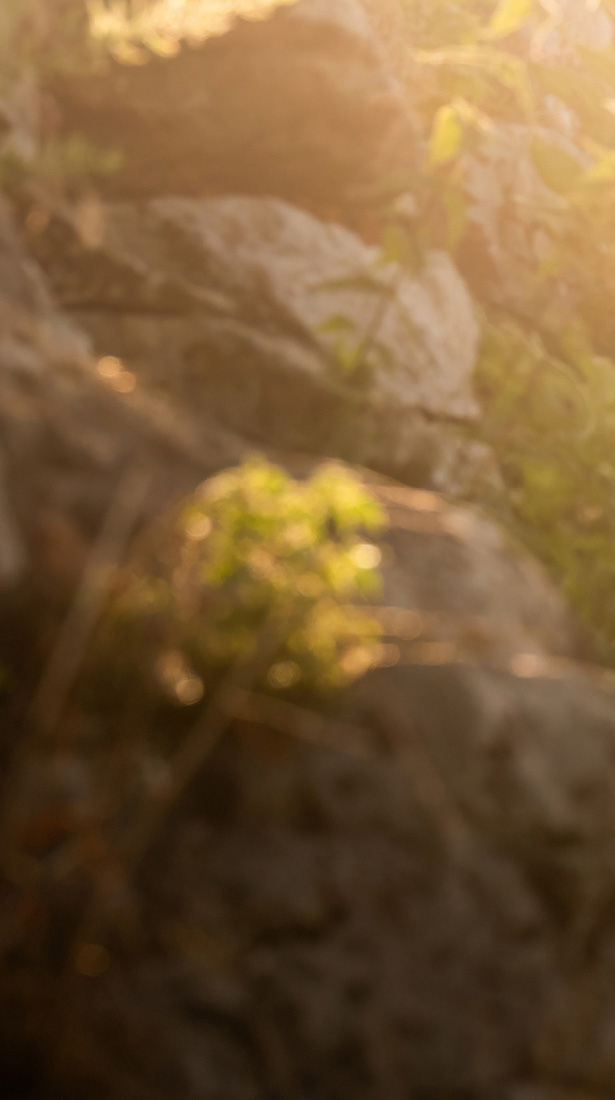
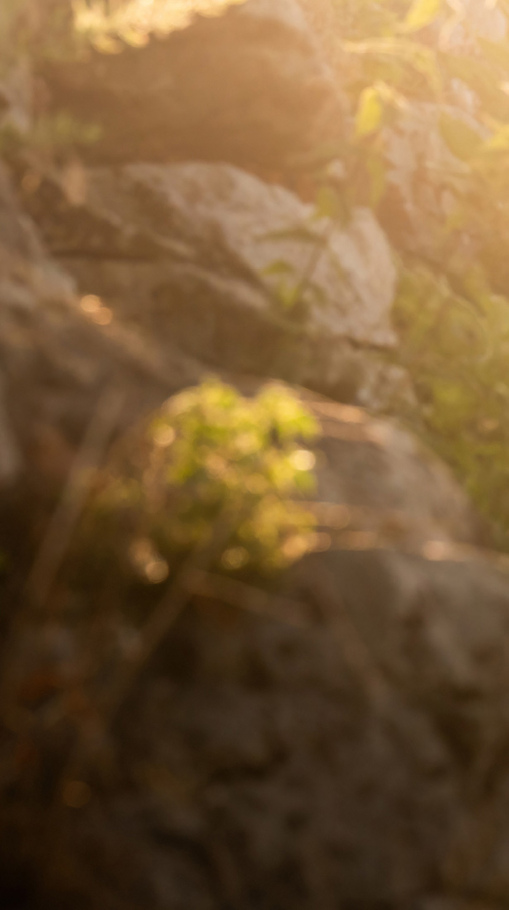

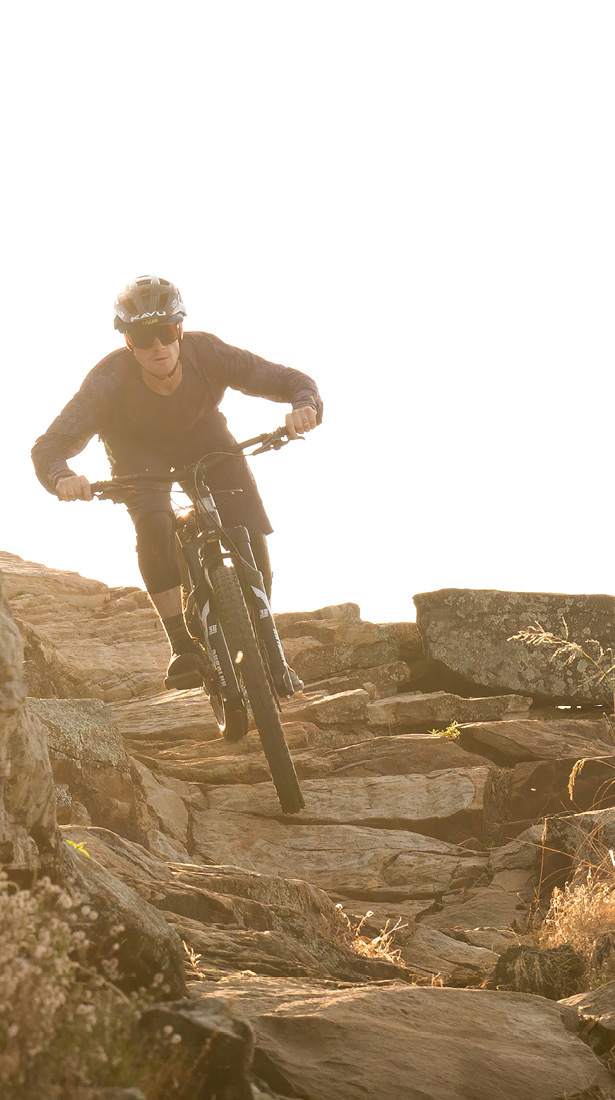

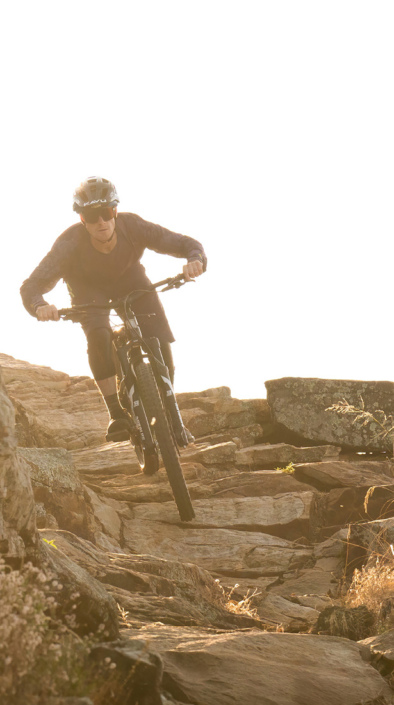

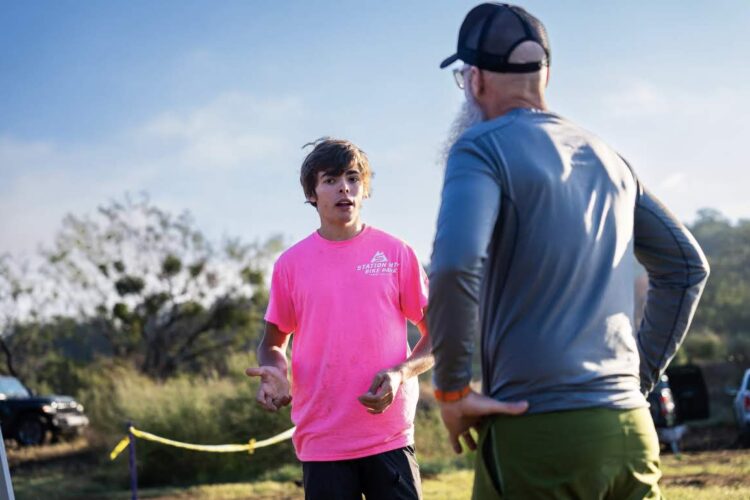



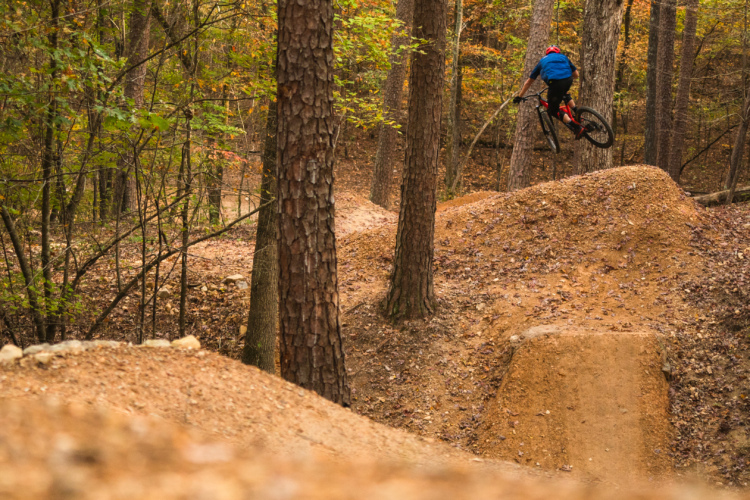
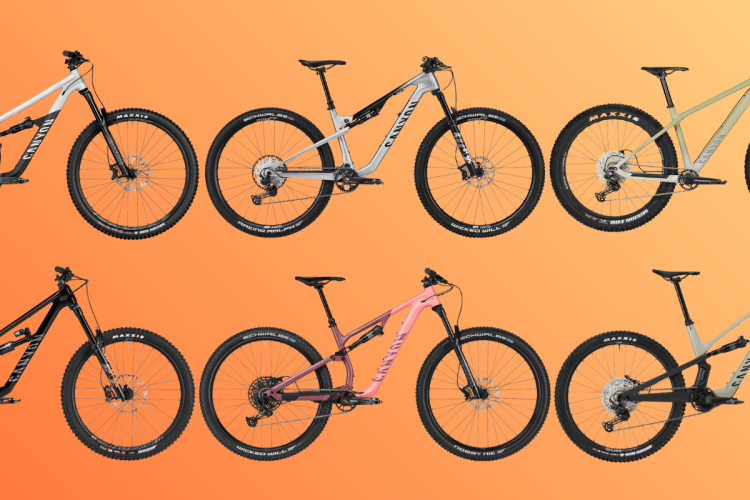
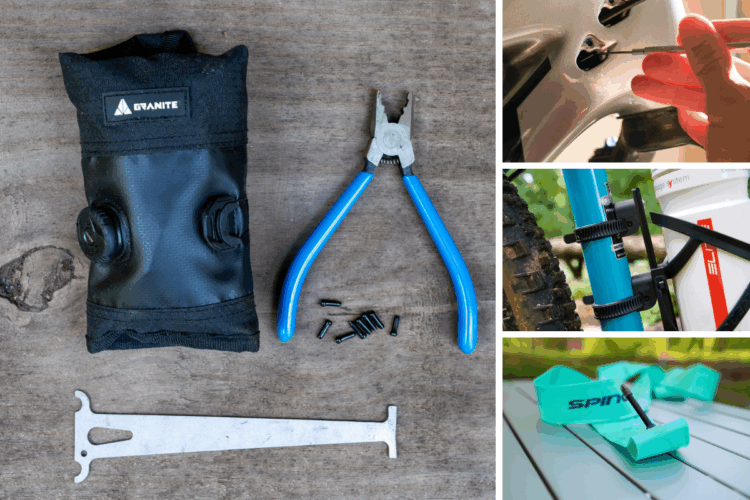
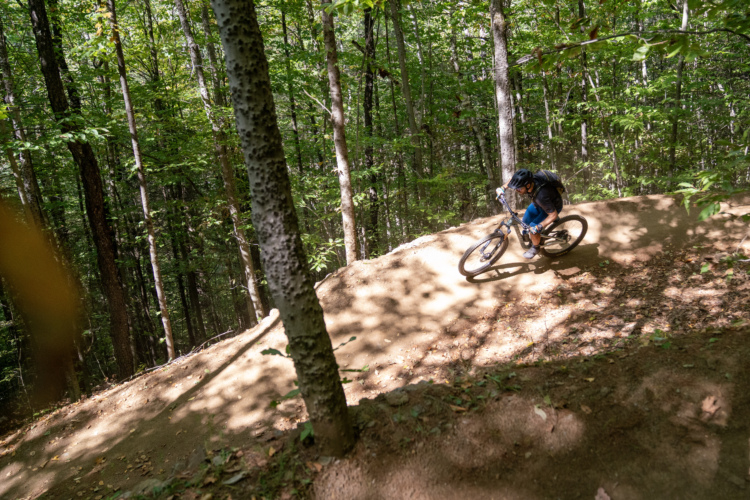

8 Comments
Nov 3, 2024
Oct 28, 2024
Oct 28, 2024
Oct 29, 2024
Jun 6, 2025
Oct 29, 2024
Oct 29, 2024
Oct 29, 2024
Did I understand correctly that the Bike Station needs $45k/month to be profitable? On just a $400k investment?